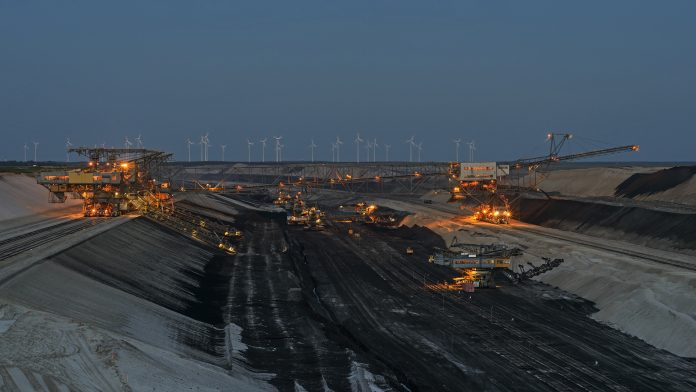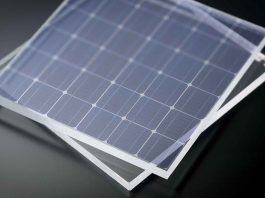Innovating rare earth material processing techniques and applications in new technologies

Contributor Details
Please be advised that the promotional content for Avalon Advanced Materials has been removed due to their non payment of significant outstanding invoices and a refusal to enter into any dialogue to resolve these matters. Subsequently, these payments are set to be pursued through the Canadian legal system. Unfortunately as we are a small company based in the UK, this demands that our company have to pay initial large sums to start the process. Whilst this seems unfair, we are left with no alternative and we hope this will result in the settlement of this problem in due course
Go to this partner's profile page to learn more about them








